How many national parks does Albania have?
Albania, a land of unexplored natural beauty, boasts one of the most diverse ecosystems, hidden attractions, beautiful plateaus, and lagoons. The preservation of these resources is entrusted to national parks and nature parks, each with its unique features.
Let’s find out how many national parks Albania has and what makes them so special.
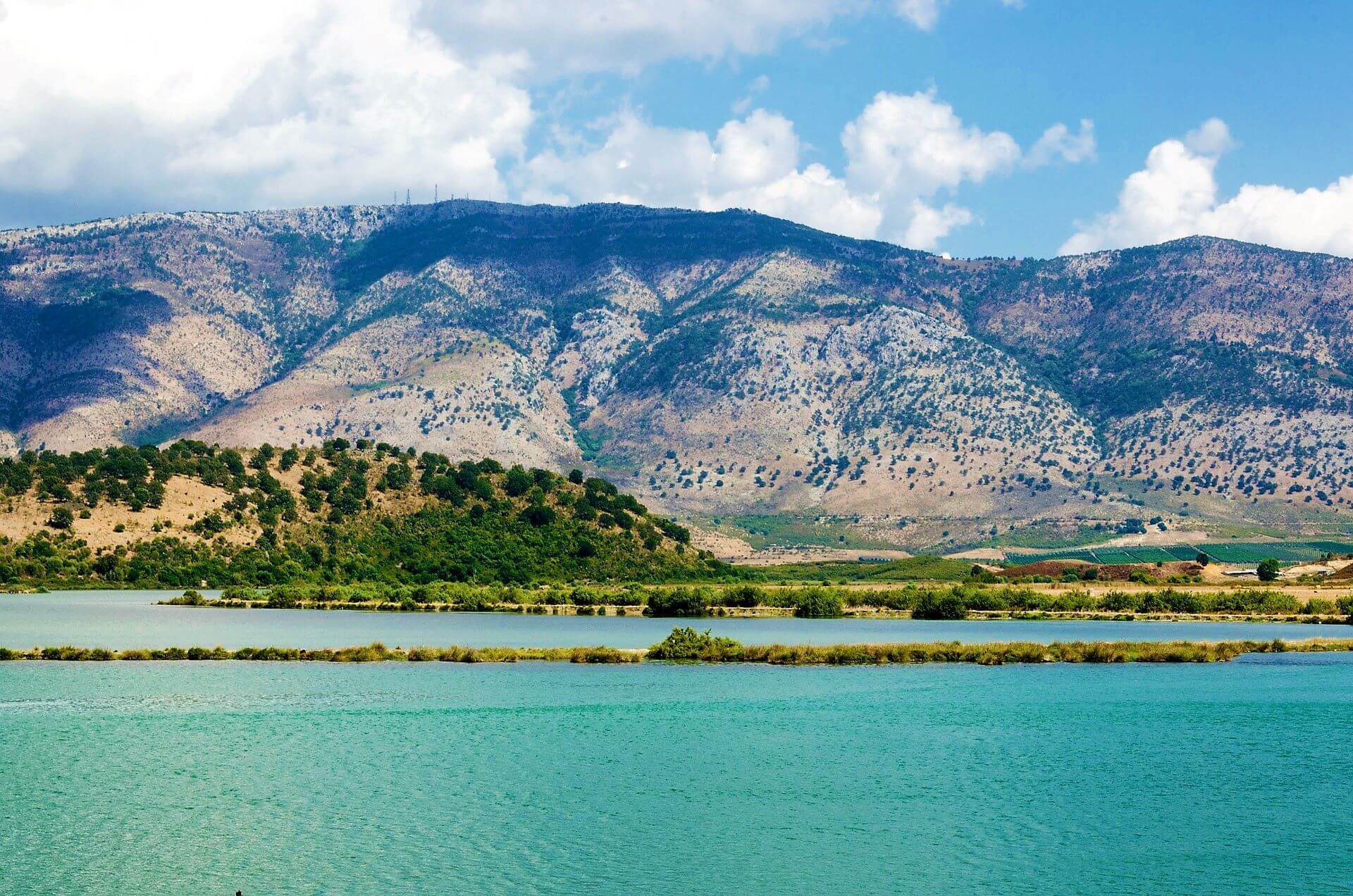
National park Butrint, Photo: Simon Pixabay
Albania can boast 12 different national parks, which are:
Theth National Park
Established in 1966 to protect flora and fauna scattered across 26.3 km2, Theth National Park is one of Albania’s most famous national parks. Situated in the heart of the Accursed Mountains, surrounding a large portion of the Shala Valley, it is known for its charming small villages, the flow of the Shala River, hidden gems, and wildlife. It is home to over 1500 species of plants and 80 species of animals.
The most recognizable attractions are the beautiful church and the village of Theth.
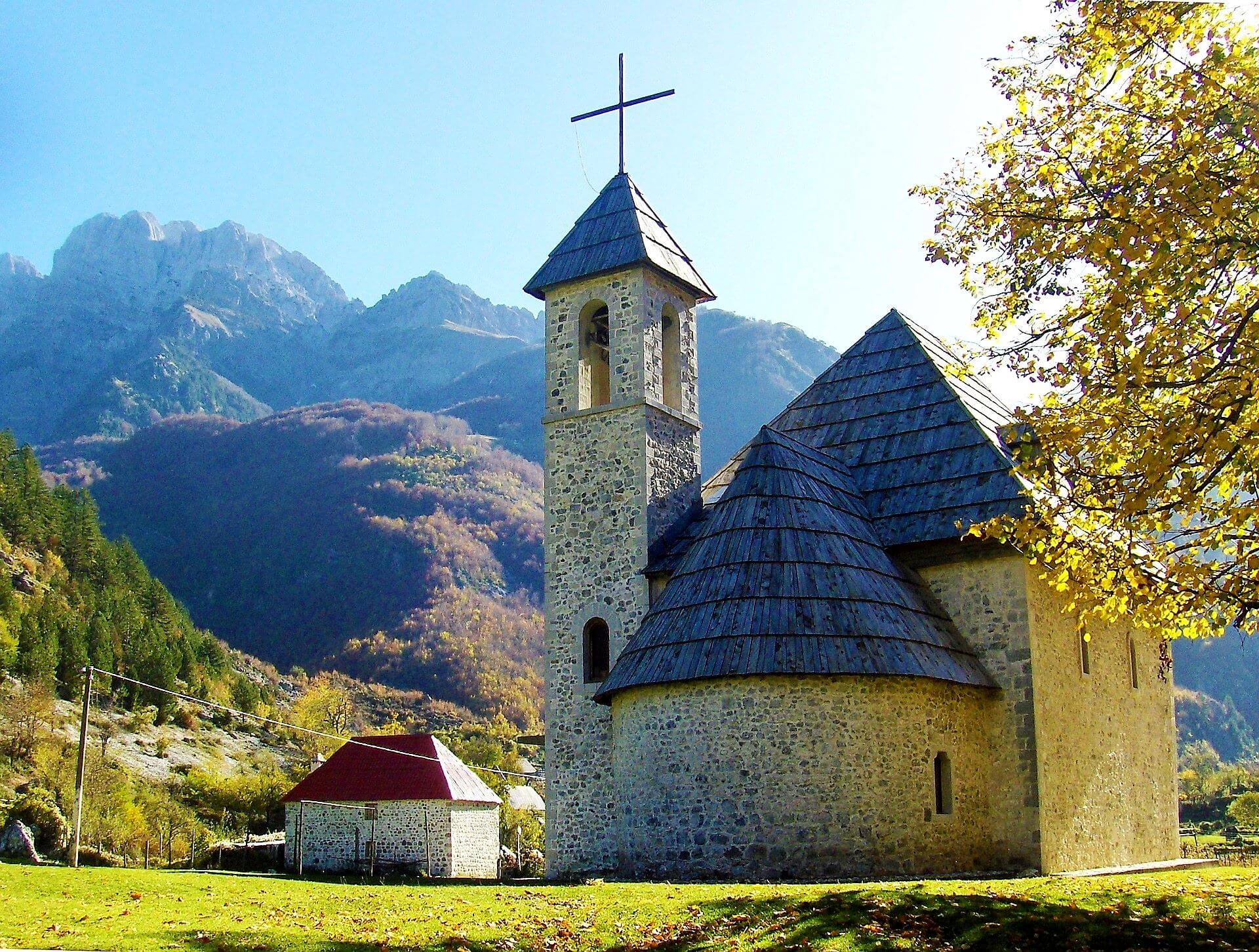
National Park Theth, Photo: Peter H, Pixabay
Divjake Karavasta National Park
Divjake Karavasta National Park, also known as Karavasta Lagoon, is one of the most beautiful coastal oases spreading across 222 square kilometers, and is filled with numerous wetlands, coastal meadows, and forests. It is one of the largest Mediterranean lagoons situated halfway from Durres to Vlore, on the shore of the Adriatic Sea.
The national park is one of the largest bird habitats in the region.

Karavasta lagoon, Photo: Wirestock Dreamstime
Prespa National Park
Situated in the southeastern part of Albania on three borders, between Greece and Macedonia, Prespa National Park spreads across 277.5 km2. It is famous for its beautiful Great and small Prespa lake, important biosphere, high mountains, Maligrad island, wetlands, meadows, and dense forests. If you have heard about Albania’s blue eye, then you must check out Zaveri’s Cavity as well.
Its mountain range is famous for tea cultivation so make sure to try it out.
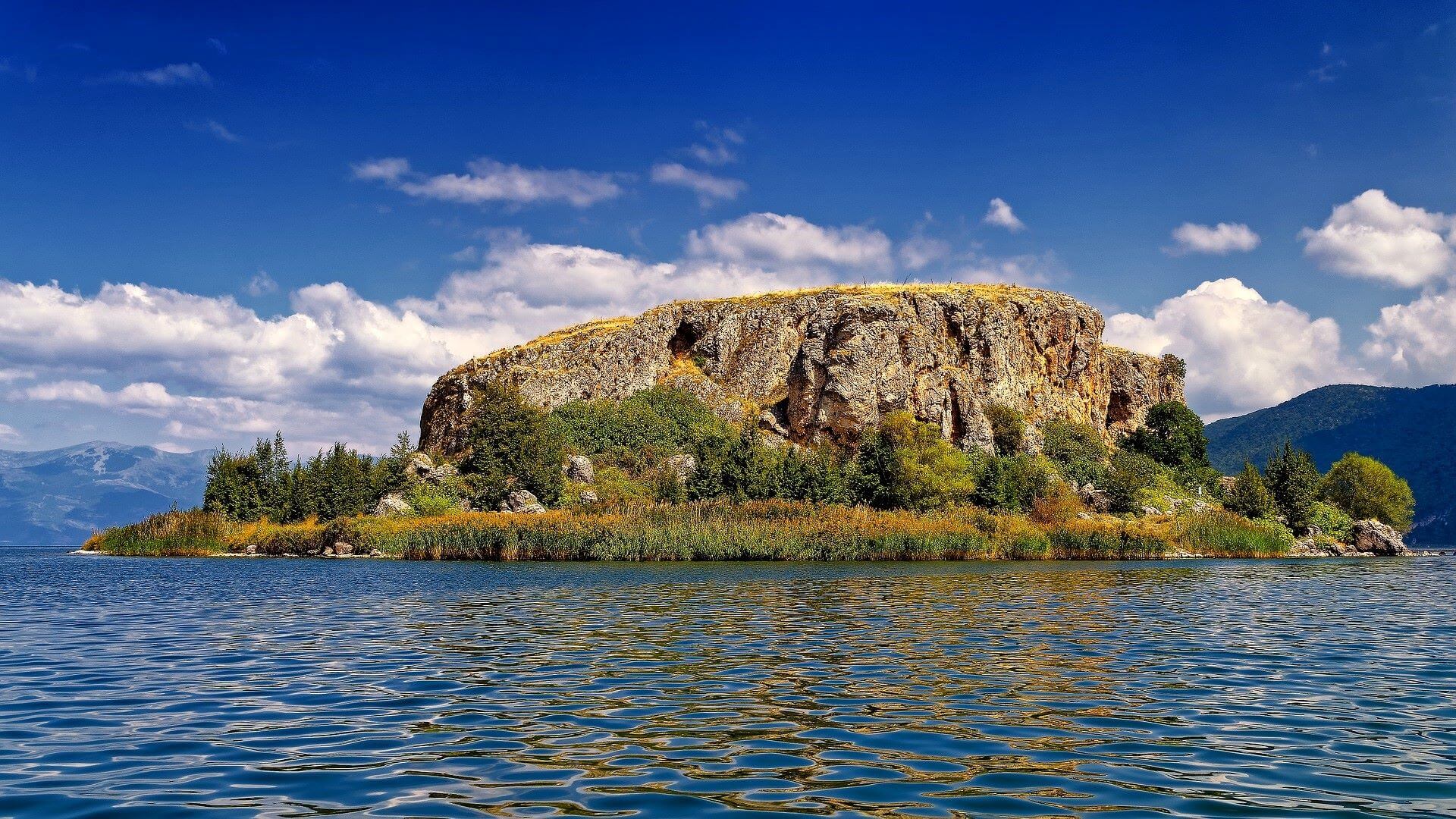
Lake Prespa, Island of Maligrad, Photo: Alfred Grupstra, Pixabay
National Park Butrint
One of Albania’s must-see destinations is definitely the National Park Butrint. Situated near the city of Saranda, and connected to the Mediterranean Sea by the Vivari Canal.
Butrint is one of the most important archaeological sites in the country. It covers almost 100 square kilometers of lakes, rivers, marshes, meadows, and islands.
It is famous for Asklepi’s theater and temple.

Butrint, Photo: Abenteuer Albanien, Unsplash
Tomorr Mountain National Park
Founded in 1956. Tomorr Moutain National Park is located in the Berat and Elbasan regions of Albania. The area covers a territory of 26,106 ha and it includes Mount Tomorr, a 40-kilometer-long mountain range that reaches a height of 2,416 meters above sea level.
The biggest attractions are the Osum River and Canyon, and Abaz Ali Türbe sanctuary.
 Mount Tomorr, Abbas Ali Turbe, Photo: Marketa Novakova, Dreamstime.com
Mount Tomorr, Abbas Ali Turbe, Photo: Marketa Novakova, Dreamstime.com
Shebenik National Park
Located in eastern Albania, close to the border with North Macedonia, Shebenik National Park is known for 14 glacial lakes, valleys, and dense forests. Spreading across 34,507.9 hectares, it a home to many endangered species, peaks of Shebenik and Jabllanica, and breathtaking panoramic views.
The area is loved by natural enthusiasts and hiking lovers.

Lake of Fushë Studne, Photo: Daniela Bardhoshi, CC BY-SA 4.0
Llogora National Park
Spreading along the Albanian Riviera, Llogara National Park covers an area of 10.1 km2. It is a rich forest area of the Ceraunian Mountains, known for its ecosystems and biodiversity.
The biggest attractions are the tourist village in Llogara, Llogara Pass with its beautiful views, and Mount Çikë.
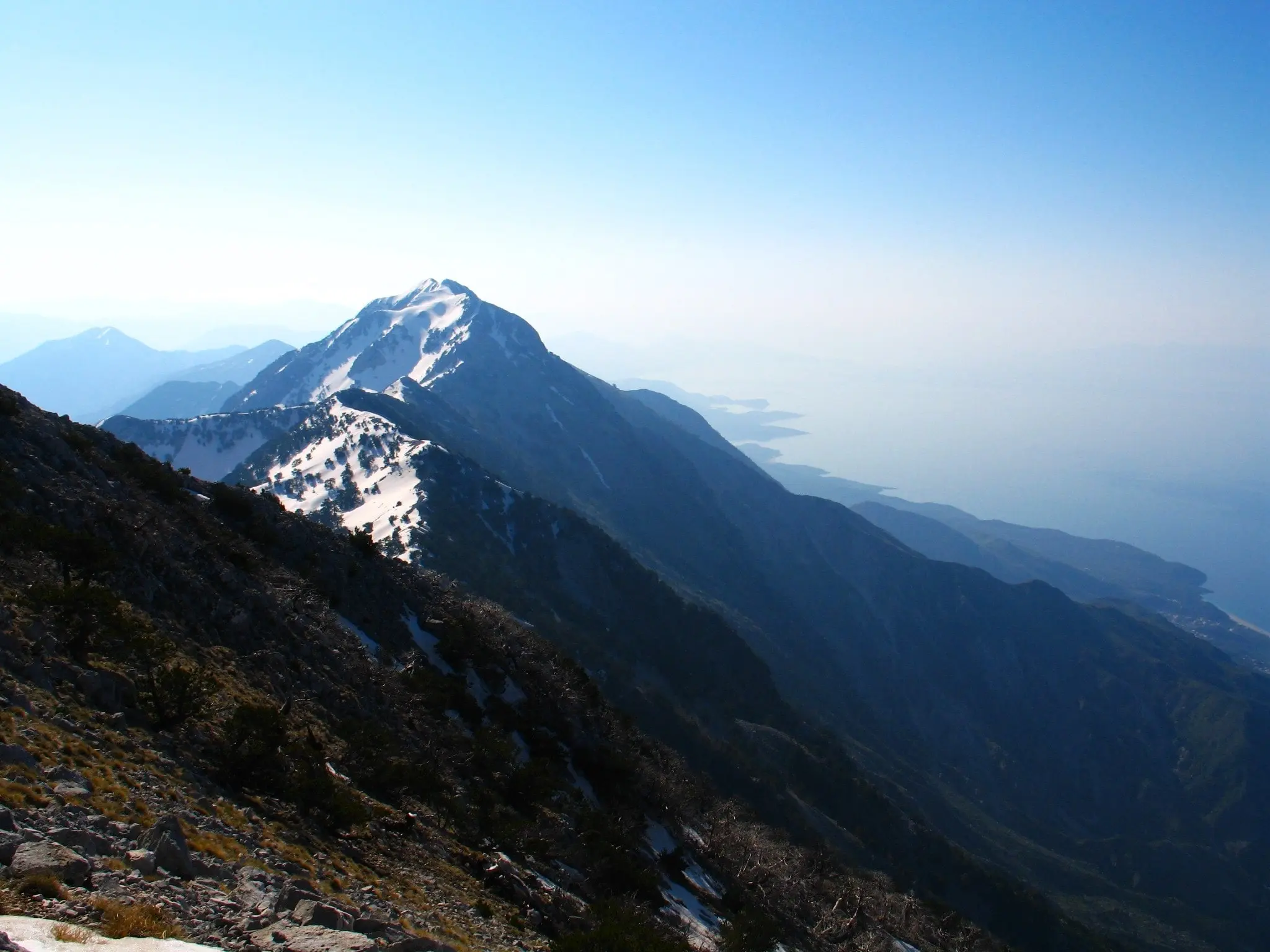
Mount Cika, Photo: Martin Brož, CC BY 3.0
Alps of Albania National Park – Valbona Valley National Park
The former Valbona Valley National Park, now known as the Alps of Albania National Park, covers the area of Prokletije (Accursed Mountains) and Rugova Canyon, Deçani Canyon, Gashi Canyon, Cemi Canyon, Vermosh Valley, Valbona Valley, Thethi Valley, Ropojona Valley, Gerbja Valley, Buni Jezerce Cemi, Nikçit Valley, Tamara Gorge, and much more.
The biggest jewel is without a doubt, Lake Komani.
It is believed that Theth National Park was also included but we couldn’t find a confirmation for this information.
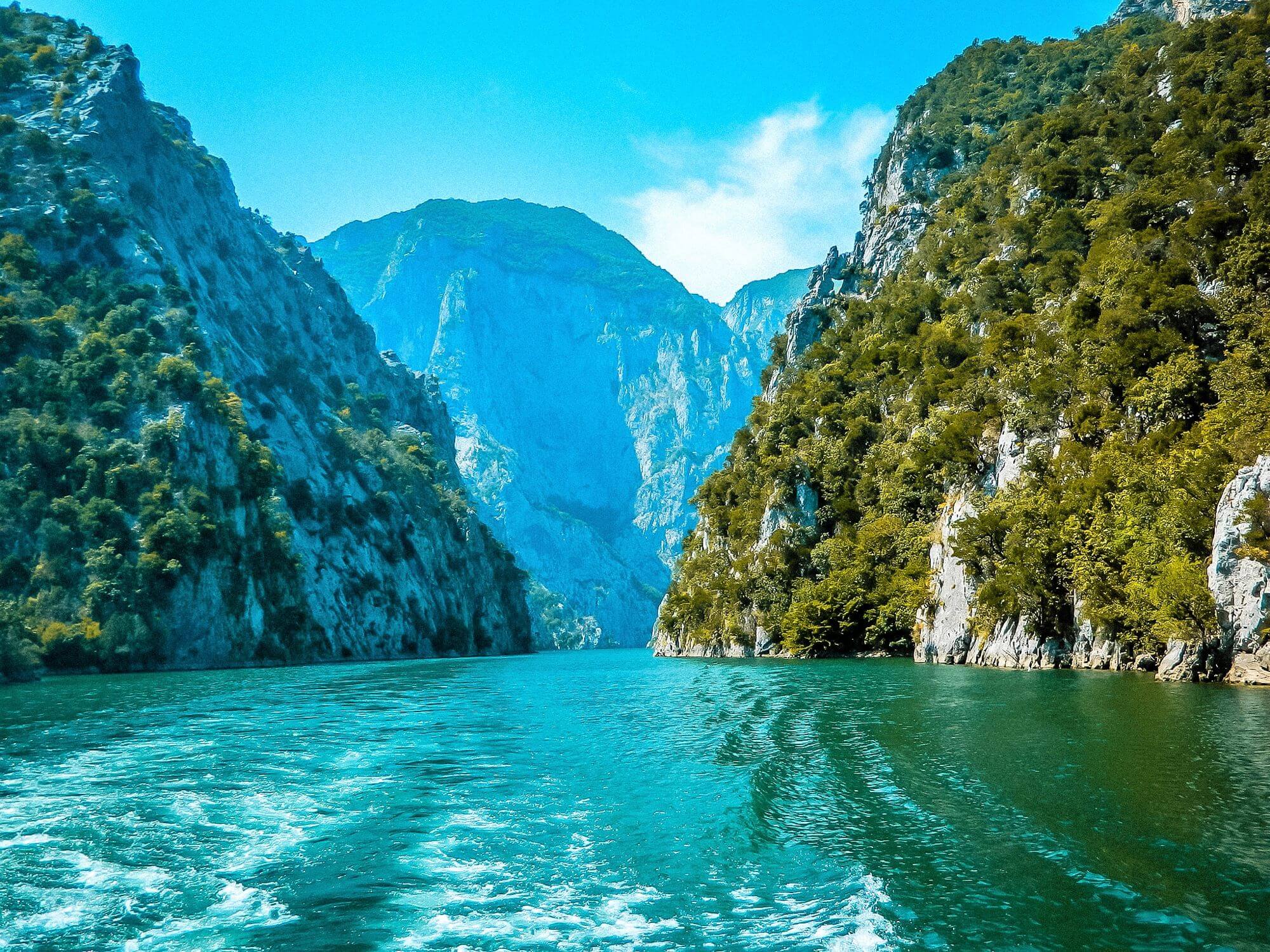
Lake Komani, Photo: Abenteuer Albanien, Unsplash
Lurë-Dejë Mountain National Park
Lurë-Dejë Mountain National Park is located in northeastern Albania and expands across an area of 202.42 km2. It includes the former Zall-Gjocaj National Park and Dejë Mountain. The area is now protected and under reforestation, as it used to be an illegal logging place at the time of communism.
The park has 12 beautiful glacial lakes ( such as Lake Kallaba, Lake Lures, and Lake Madh), and incredible panoramic views and is home to numerous species.
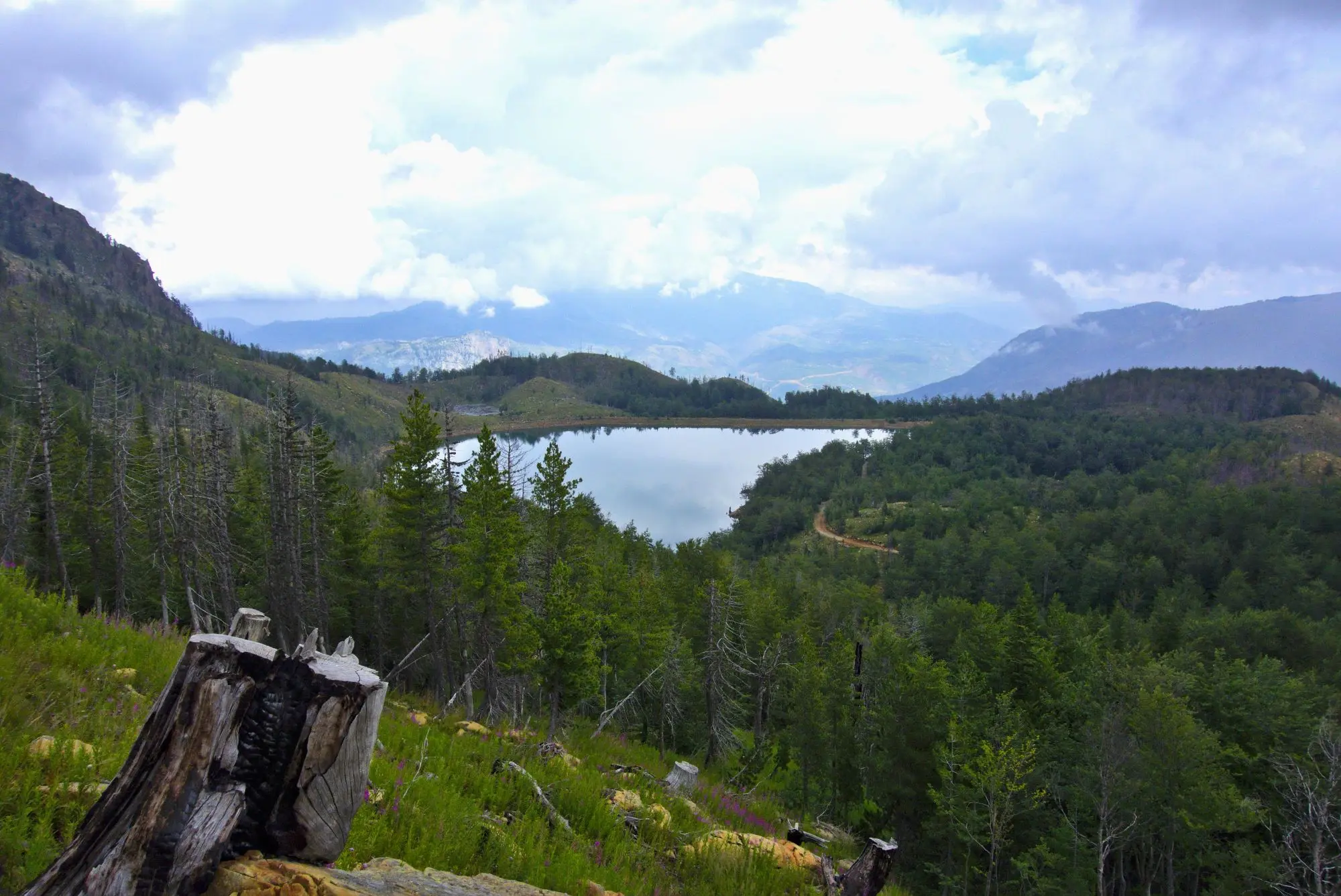
Madh Lake, Photo: Malenki, CC BY-SA 4.0
Vjosa Wild River National Park
Vjosa Wild River National Park is located in southern Albania. It is Europe’s first Wild River National Park and it just recently received its status. Covering an area of 12,727 hectares of the Vjosa River valley, the park is considered a very integral part of Albania’s biodiversity and a habitat for over 1,100 species of wildlife.
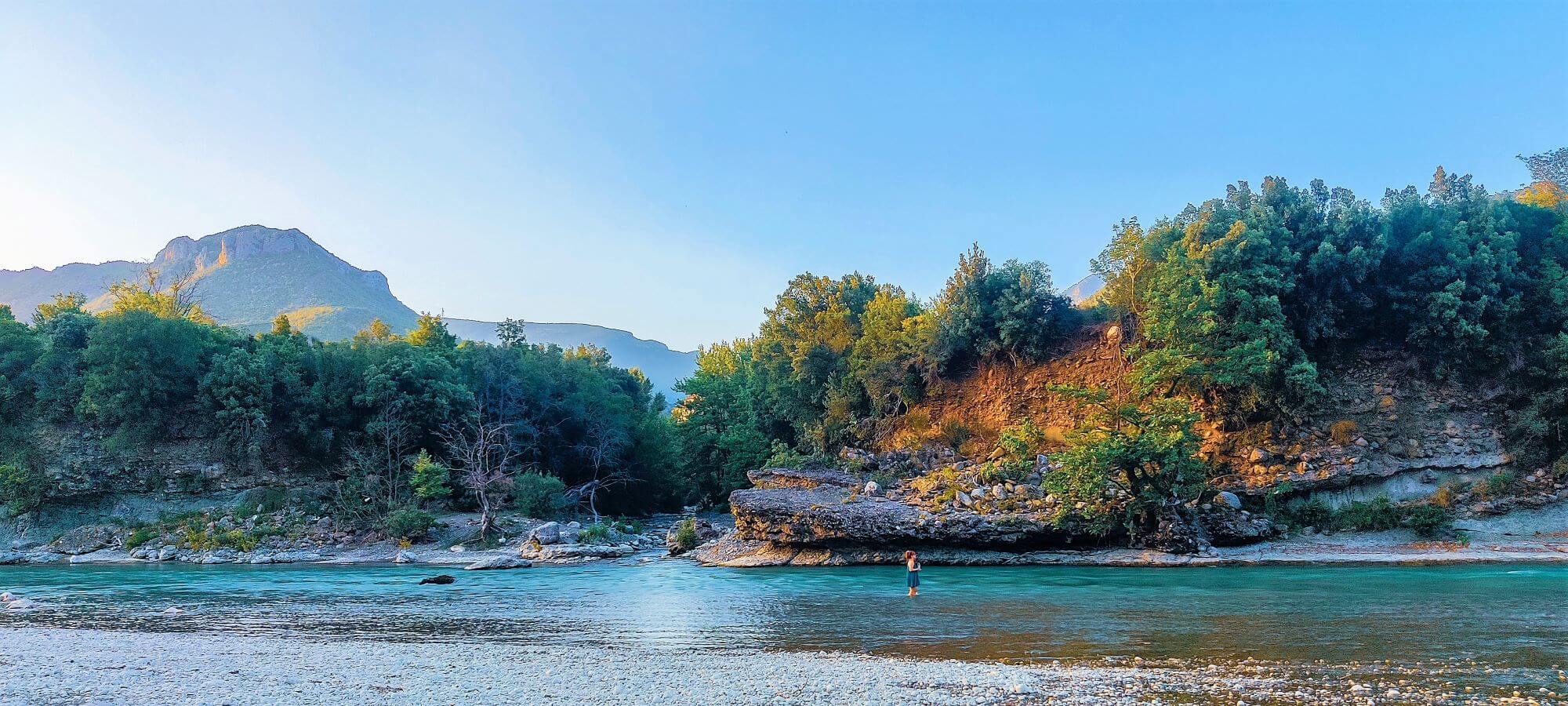
Vjosa, Photo: Eni Lale, Unsplash
Fir of Hotove-Dangelli National Park
Fir of Hotove-Dangelli National Park is the largest Albanian national park, covering an area of 34,361 hectares. It received its name after the hotova fir tree that covers most of the park. The park is mostly mountainous terrain with numerous valleys, canyons, gorges, rivers, and forests.
It is a popular place for hiking and rafting in Langerica Canyon and bathing in Benja thermal waters and it is close to Gjirokastra and Përmet. Additionally, you can check out Frashëri Brothers Tower House, Frashër Museum, and Katiu Ottoman Bridge.
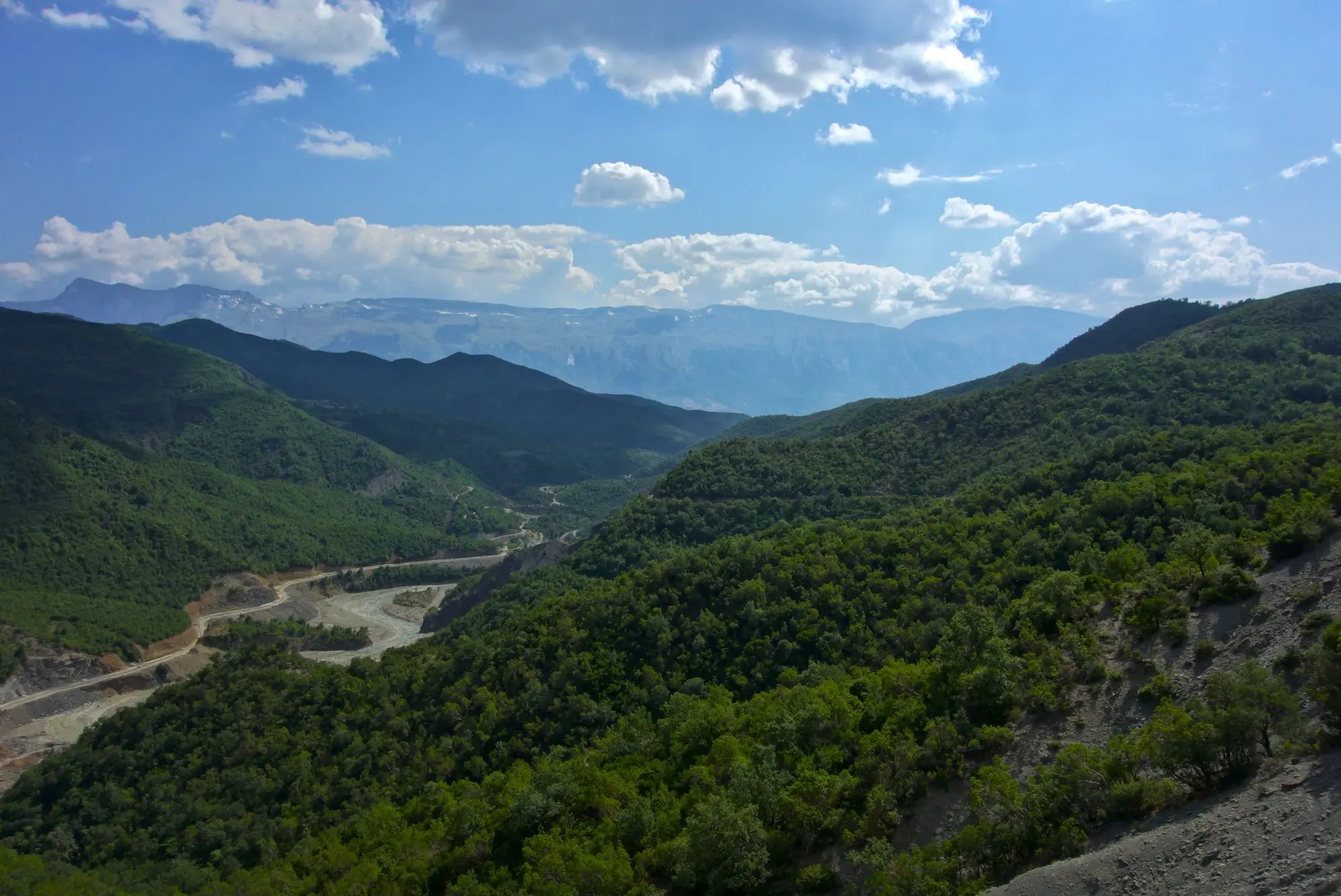
Langerica Canyon, Photo: Malenki, CC BY 3.0
Dajti Mountain National Park
Dajti Mountain National Park was established in 1966 in central Albania. It covers an area of 293.84 kilometers and is only 30 kilometers away from the capital Tirana. It consists of Dajti, Priska, Tujani, and Brari mountains and is an area rich with ecosystems and biodiversity.
The biggest attractions are Lake Bovilla, Erzen River and Canyon, Pellumbas Cave, Skorana Gorge, Shëngjini Waterfalls, and Dajti Express Cable Car.
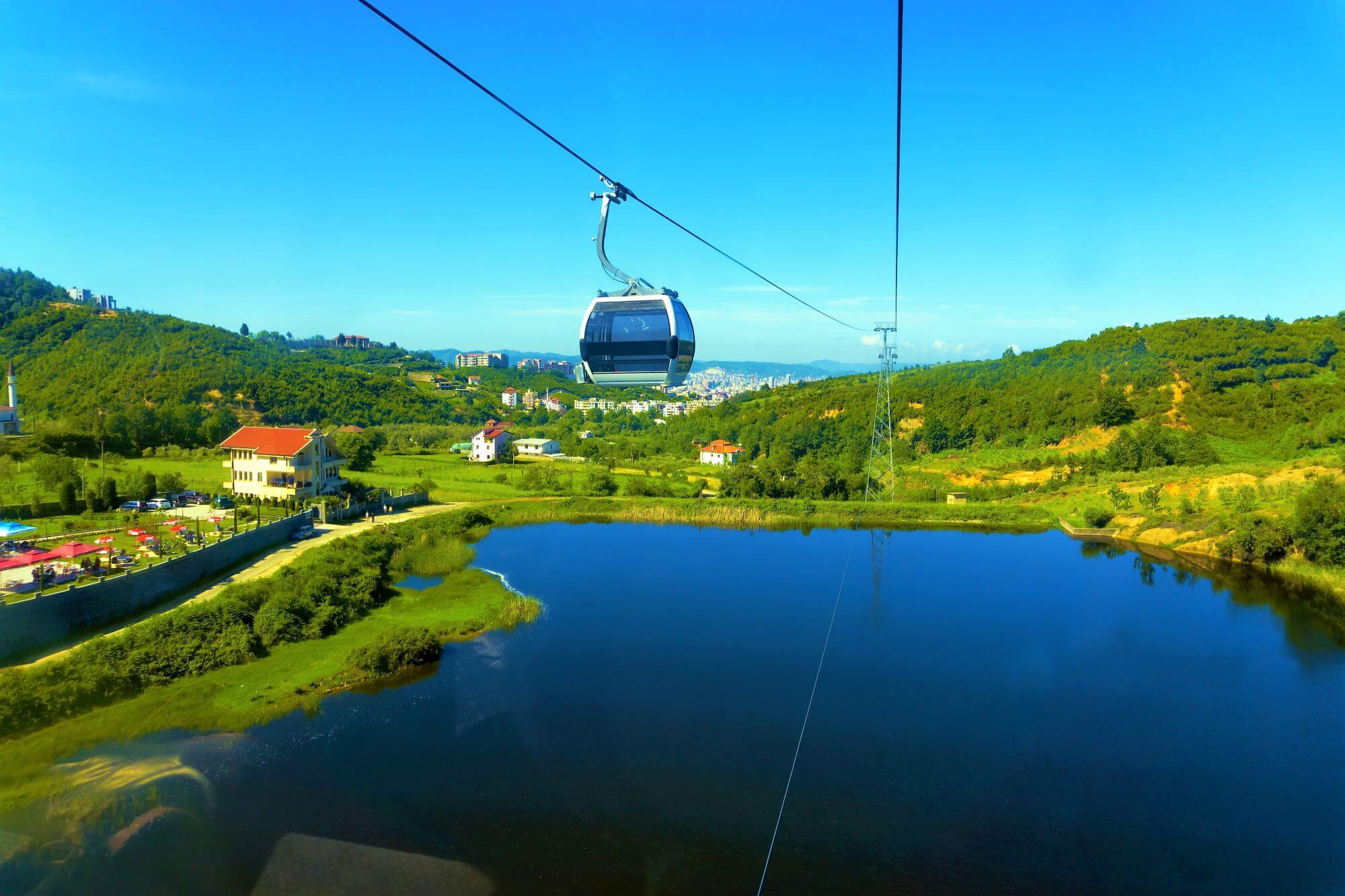
Dajti Express, Photo: Jesse Kraft, Dreamstime
Albania also has 23 managed nature reserves, 718 nature monuments, 11 protected landscapes, and 2 strict nature reserves, about which we will write another time. We hope you get to visit at least one of the many national parks on your journey through Albania and remember to leave only footprints!

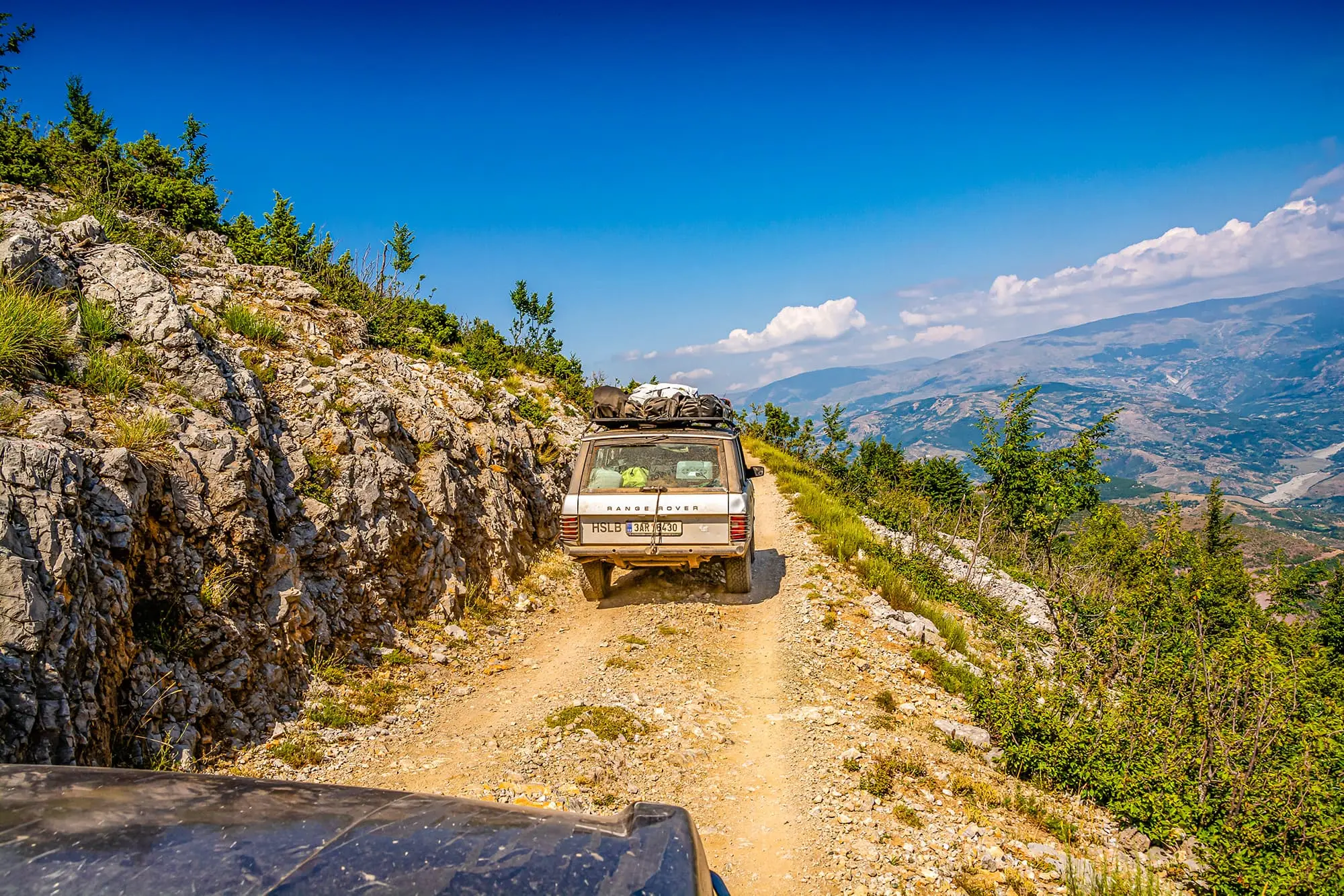
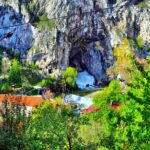
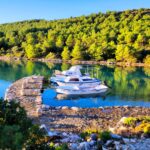
Leave a Reply